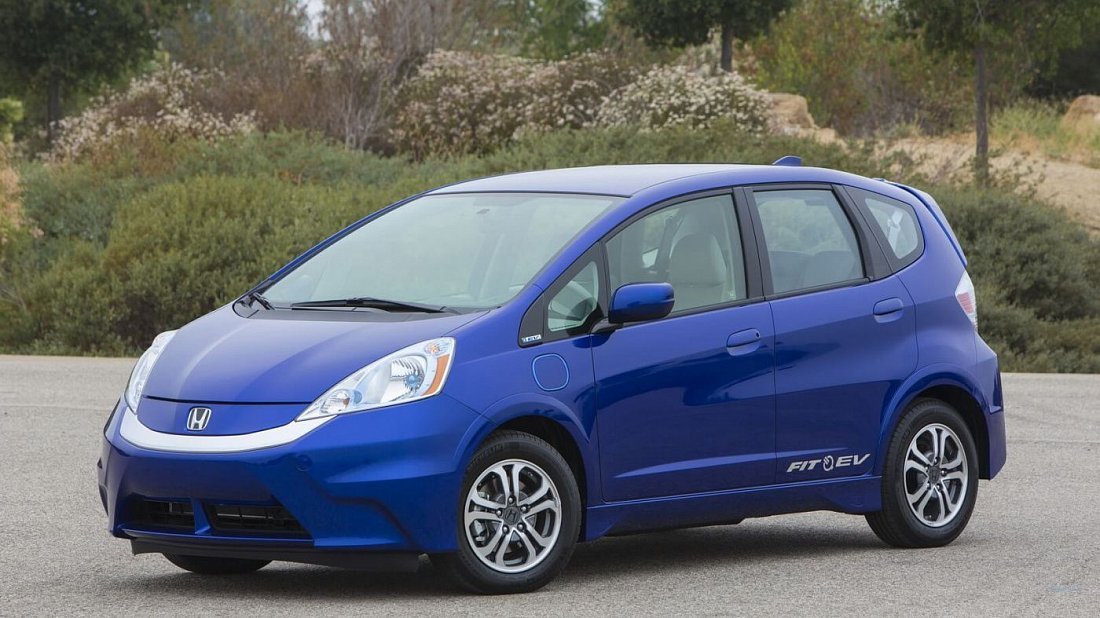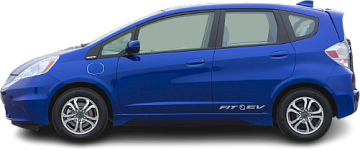EURO 1-phase 10A
- Socket specs
Socket specs
- 230 V, 10 A, 1-phase
- Socket output
Socket output
- 2.3 kW
- Charging 20-80%
Charging 20-80%
- 05 h 30 min


The Honda Fit EV is an all-electric front-wheel drive hatchback. It came out in 2013. Honda stopped making the Honda Fit EV in 2014.
The Honda Fit EV has a 20 kWh battery pack, allowing it to travel up to 132 km on a single charge. The car has an average efficiency of 14.4 kWh per 100 km (or 144 Wh/km) — ranked №557 out of 586 electric vehicles.
The Honda Fit EV is equipped with a powertrain that delivers up to 92 kW (123 hp) of power and 256 Nm of torque.
This enables a 0 to 100 km/h acceleration in 8.5 seconds (ranked №388 out of 586 electric vehicles) and a top speed of 148 km/h.
The real-world range of the Honda Fit EV is 119–145 km (ranked №557 out of 586 electric vehicles) — depending on several factors, including:
It's important to remember that these are just estimates, and your actual range may vary. It's always best to factor in these various factors when planning your trip and be prepared for potential charging stops.
Plan your trips using the EV Navigation interactive map.
The car doesn't support DC charging
Use our Charging calculator to estimate charging time, rate, and cost.
The size and weight specifications for Honda Fit EV are as follows:
Behind the rear seats of the Honda Fit EV, you'll find 340 litres of storage space (ranked №449 out of 586 electric vehicles).
Folding down the rear seats expands the total cargo capacity to N/A litres (ranked №N/A out of 586 electric vehicles).
The car doesn’t have a “frunk” (front trunk).





